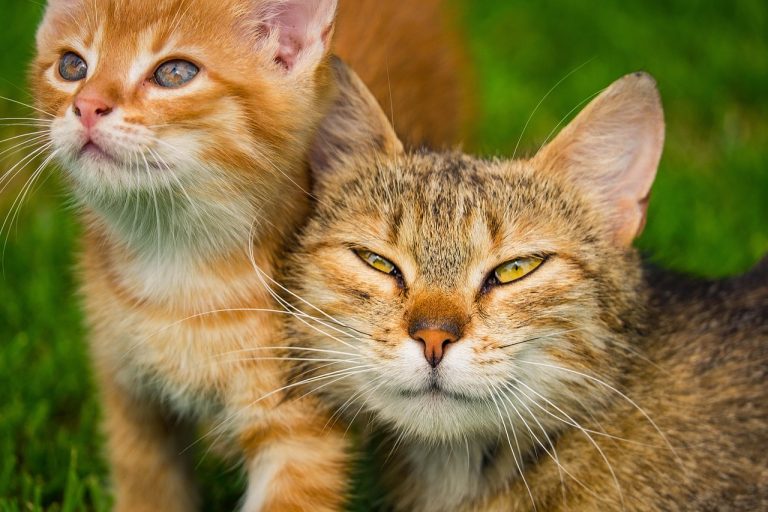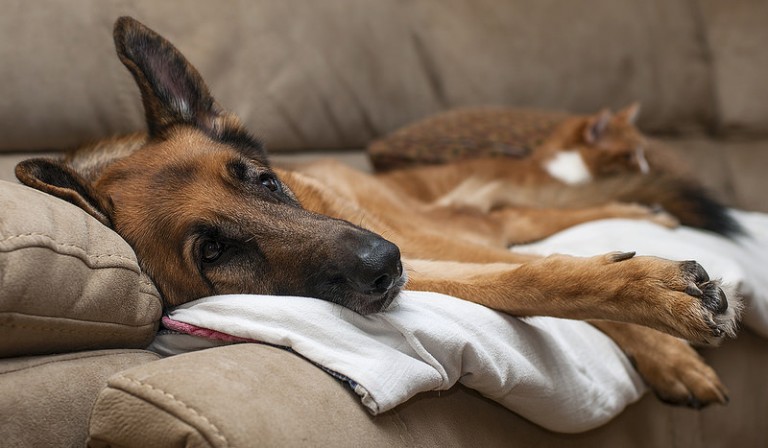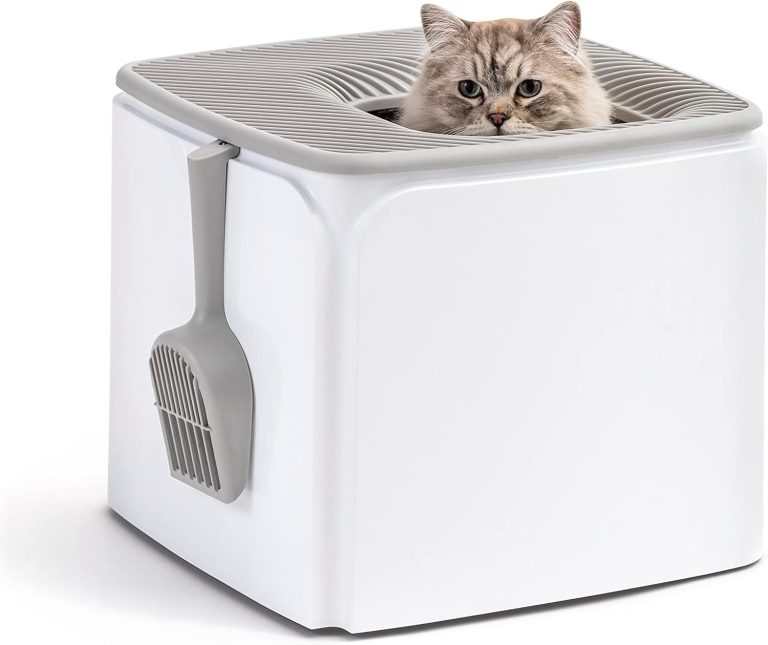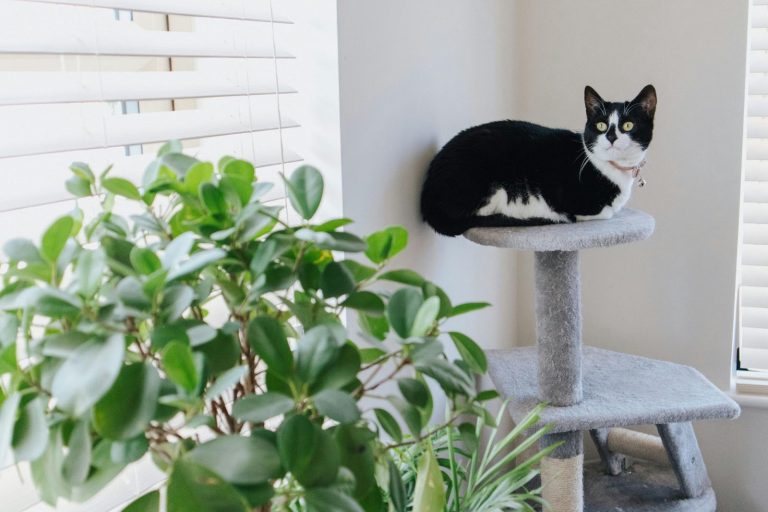Hybrid Cats: Caracat, Chausie — And Controversy
It’s easy to see the appeal of hybrid cats such as the caracat, but the methods of breeding raise scrutiny and controversy.
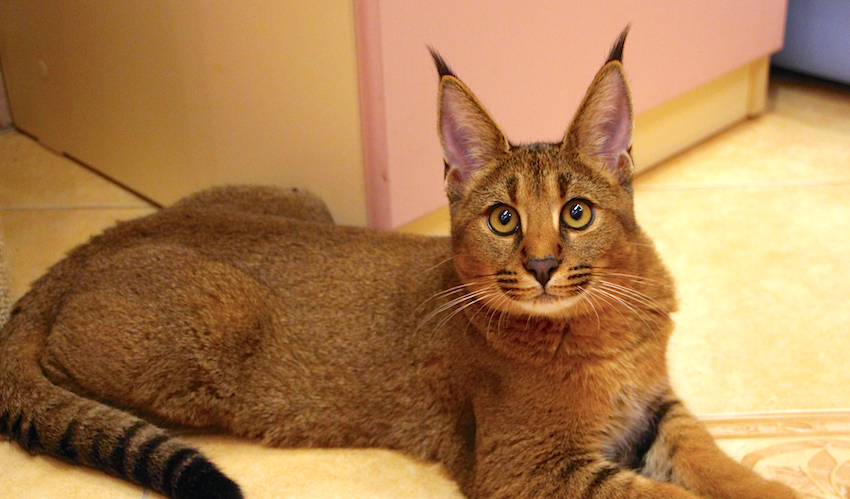
In 1896, H.G. Wells published The Island of Dr. Moreau. In that novel, a shipwrecked Englishman comes across an isolated outpost inhabited by animal-like creatures that talk and act oddly human.
They are the “Beast Folk,” created by Dr. Moreau, who fled London to avoid arrest. They are not quite human but no longer completely animal either. Somehow, when I look at the pictures of caracats, Wells’s story flashes into my mind.

Don’t leave your pet’s safety to chance
Sign up for Petful recall alerts today.

Playing With Hybridization
are a new hybrid. Created in 2007, they’re a cross between caracals (“desert lynxes”) and Abyssinians.
According to blogger Michael Broad, caracats are “a bit like a miniature wild cougar … but, I am sure, not quite so stocky.”
The coat is “evenly colored” with no spots or blotches. It has “a few patterns in the way of bars on the legs and markings on the belly” plus the Abyssinian ticking.
The first-generation (F1) caracats also have the distinctive black-tufted caracal ears. It’s easy to see the appeal. You have the illusion of an extremely striking wild cat without technically having a wild cat — which is, of course, illegal.
You also get the wild cat voice. “First-generation caracats screech rather than meow,” says Broad, “and are like bulls in a china shop it seems.”
Their weight ranges between 25 and 30 pounds. Second-generation (F2) caracats are in the 20-pound range.
The Abyssinian Factor
Because of their unusual ticked coats, Abyssinians often find themselves volunteered for these breeding experiments. The chausie, for instance, is a cross between a jungle cat and an Aby.
There’s one obvious flaw: size.
Even Broad, who calls the Aby and the caracal “well matched and quite similar,” points out that the caracal “is considerably larger…weighing about 30 pounds (for a large male), while the average domestic cat weighs about 10 pounds. This probably presents some problems with breeding.”
No kidding.
To see the caracal in the wild, watch this video:

Abyssinian breeders and aficionados are in an uproar.
“To intentionally cross a species that would not otherwise be inclined to cross ‘au naturale’ is the wrong kind of ‘gene fiddling,’” says Barbara Galbraith Furbish.
Furbish, a longtime Aby lover, says she understands the idea of crossing different breeds of domestic cats. She concedes that the caracat “is an amazingly beautiful animal.” But she also sees both “the wild animal pleading behind those eyes to be released” and “the panicked domestic.”
The size difference horrifies many. And that’s not all.
“From what I have read about caracats, the mothers survive just fine,” says Aby breeder Jacquie Barnes-Hookey. “But because of the difference in the length of gestation, the kittens only rarely survive.”
So, basically, caracat breeders are “putting the mother through the stress of conceiving a huge kitten or two, with only a small percentage of F1s surviving. That can’t be good for any mother,” Barnes-Hookey says.
Genetic Russian Roulette
In a sense, all breeding is a crap shoot. But this one truly is a crap shoot. Nobody — not even the house — wins. Here’s why:
- There are genetic defects. According to Big Cat Rescue, hybrid cats “usually require surgery and special diets because they cannot properly digest their food. The most common ailment … is inflammatory bowel disease and projectile diarrhea.”
- Declawing is rampant. The caracat breeder Broad spoke with said she had not only declawed her F1 but also was planning to declaw her F2s for safety’s sake. “If that is the case, the cats should not be bred in the first place,” Broad says. Barnes-Hookey agrees. “It seems most of the F1s are declawed — something that 99% of reputable breeders will not agree to,” she says.
- Hybrids bite even when they love you. They play rough — way rougher than your domestic cat or dog can handle — and may even end up killing said dog or cat. You don’t want them around children or the elderly.
- Hybrid cats can howl all night. According to Big Cat Rescue, this also “seems to accompany carrying toys around in their mouths and is one more sad reminder of how confused these cats are.”
- They spray. A lot. And it’s pungent. You wanted a wild cat — you got a wild cat.
- Rabies vaccines for domestic cats often kill the exotic ones. Big Cat Rescue uses a killed virus vaccine on the wild cats and hybrids it rescues but concedes, “There is no way to know if it is effective on either.”
Yes, wild cats are beautiful. To many of us, however, a wild cat is a wild cat, a domestic cat is a domestic cat, and never the twain should meet. Let’s not play Dr. Moreau.

